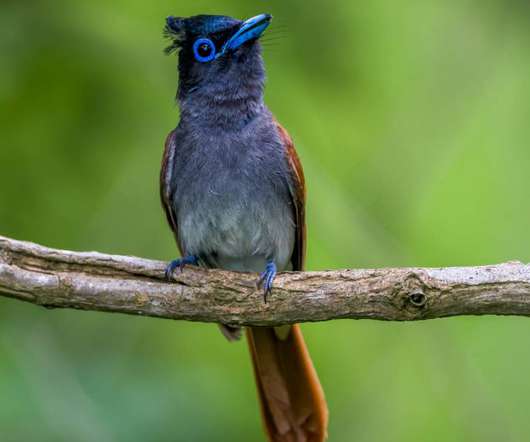Revenge Birding (Shanghai, early June 2022)
10,000 Birds
JUNE 9, 2022
If I was an ornithologist aiming for a grant, I would now definitely highlight the need for more research on this topic. The researchers are quite aware of the differences between humans and birds and thus have completely ignored another explanation for this behavior. In New Zealand, the Spotted Dove is an introduced species.














Let's personalize your content